Garak Market (가락시장): Korean Hwe From The Source

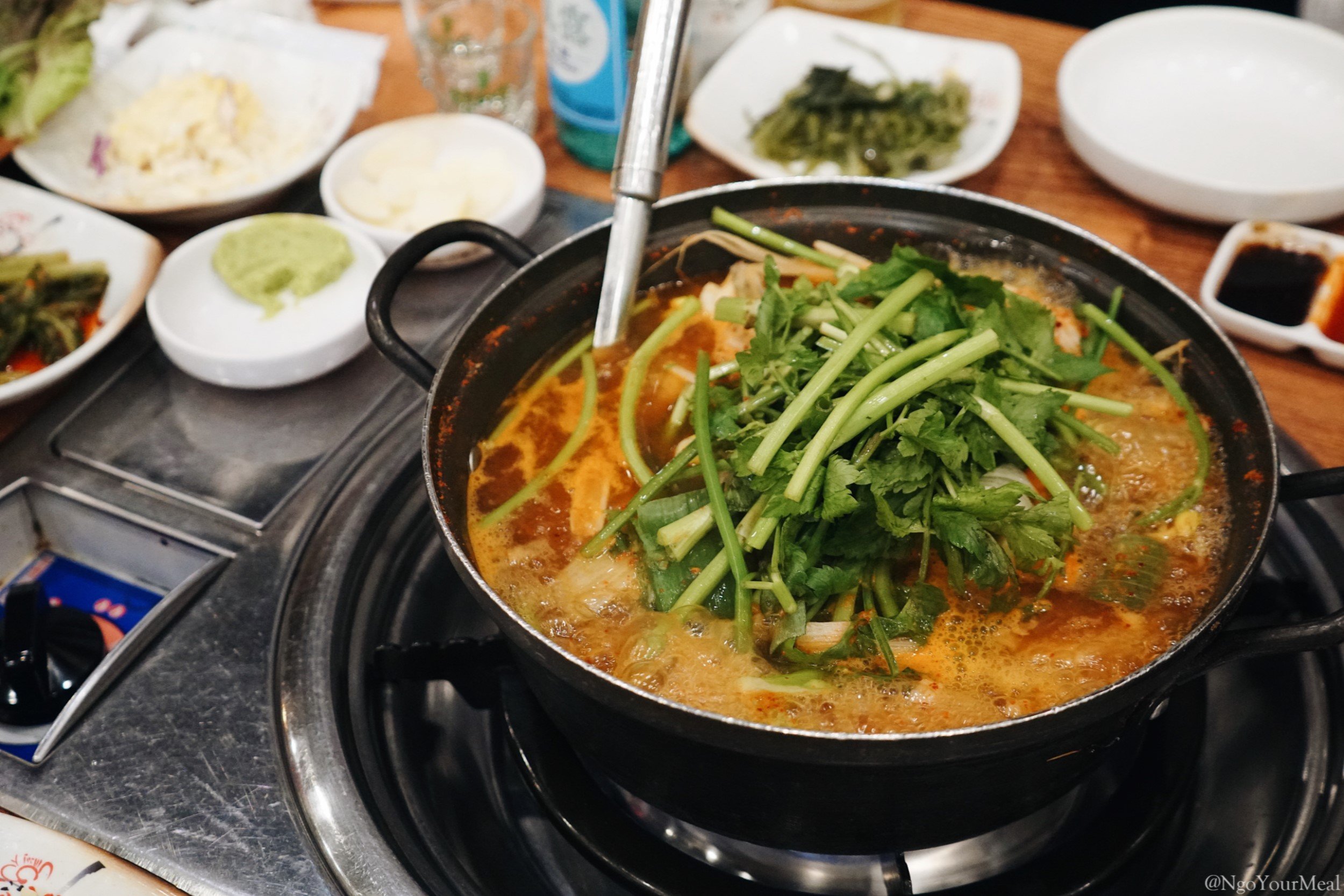
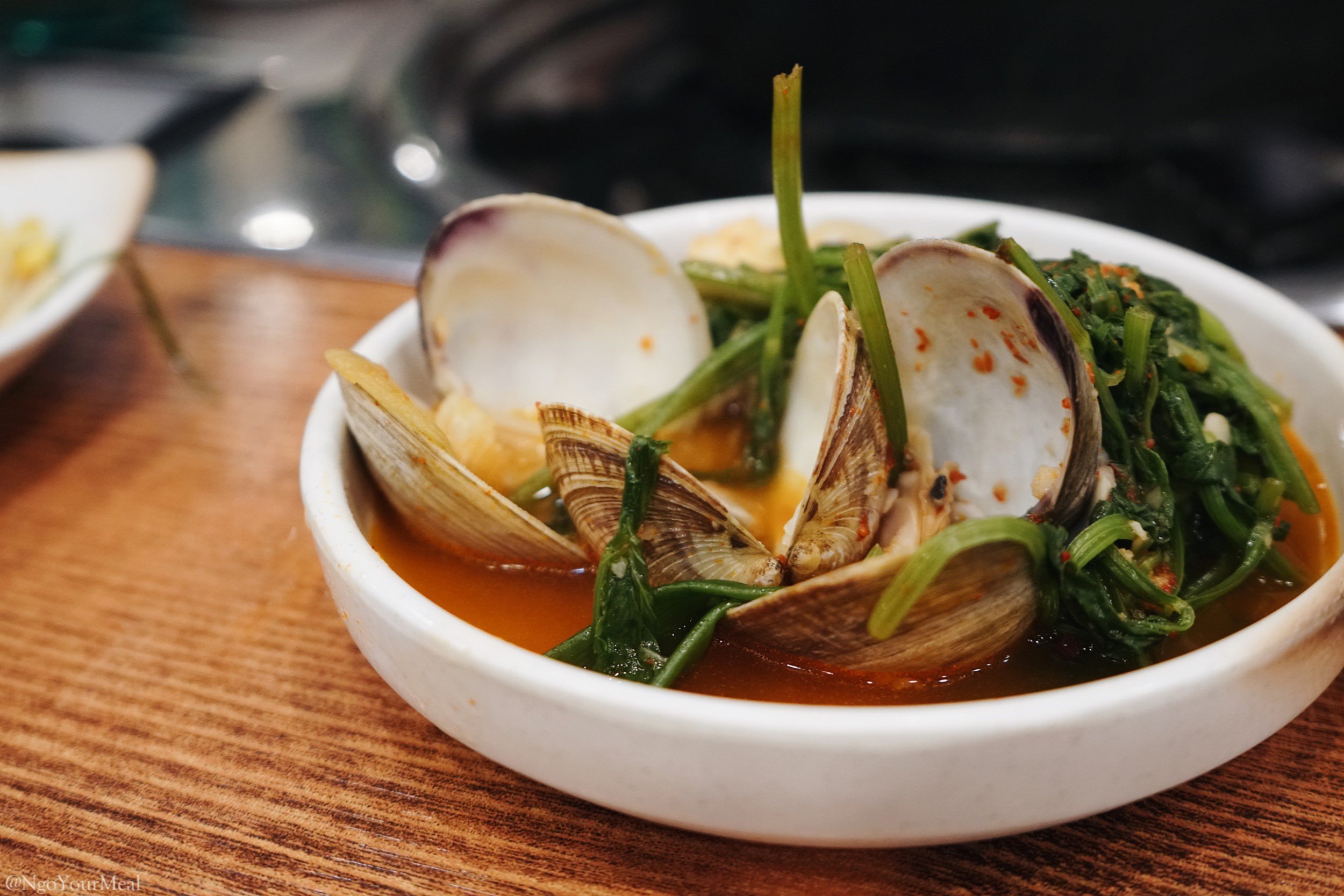
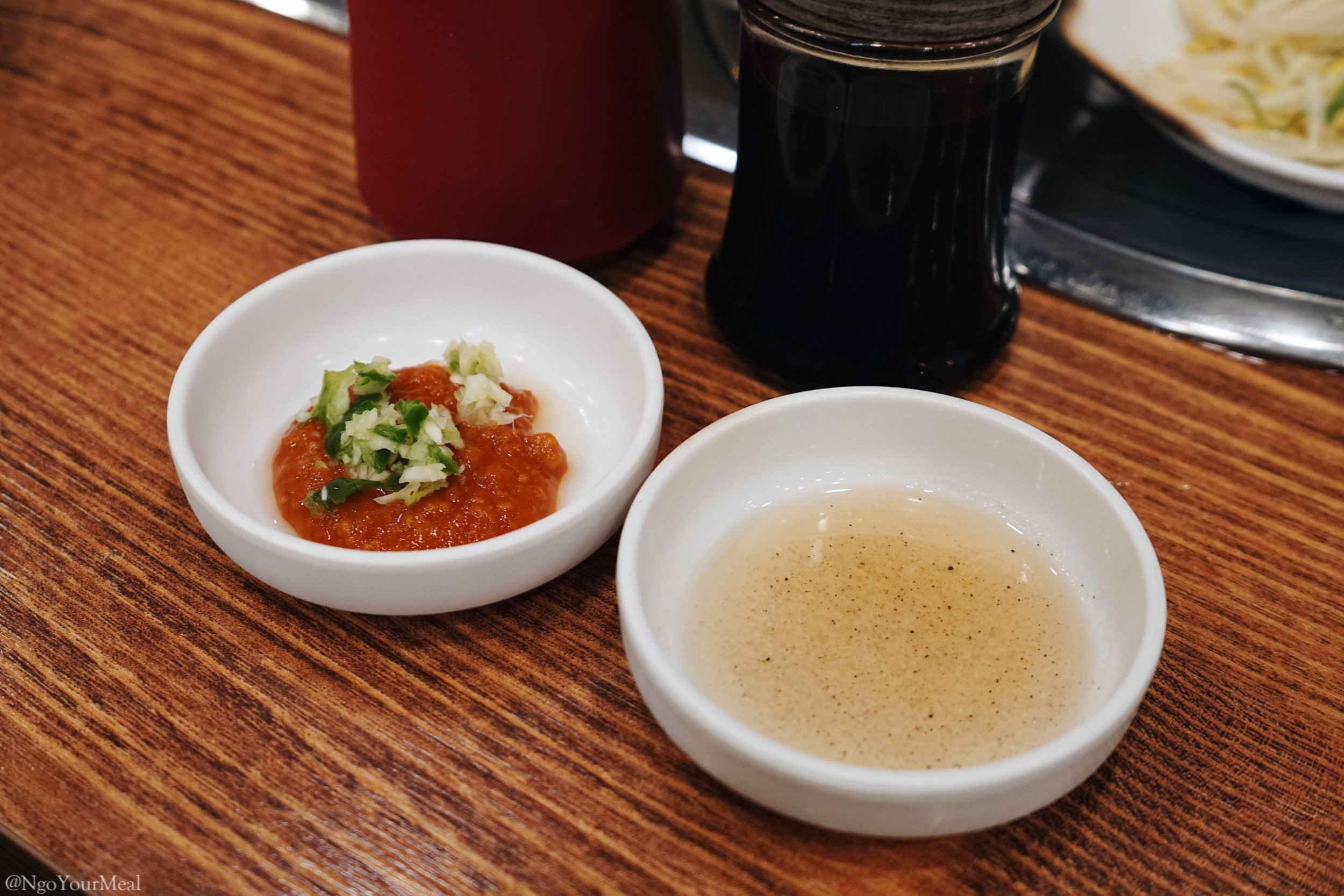
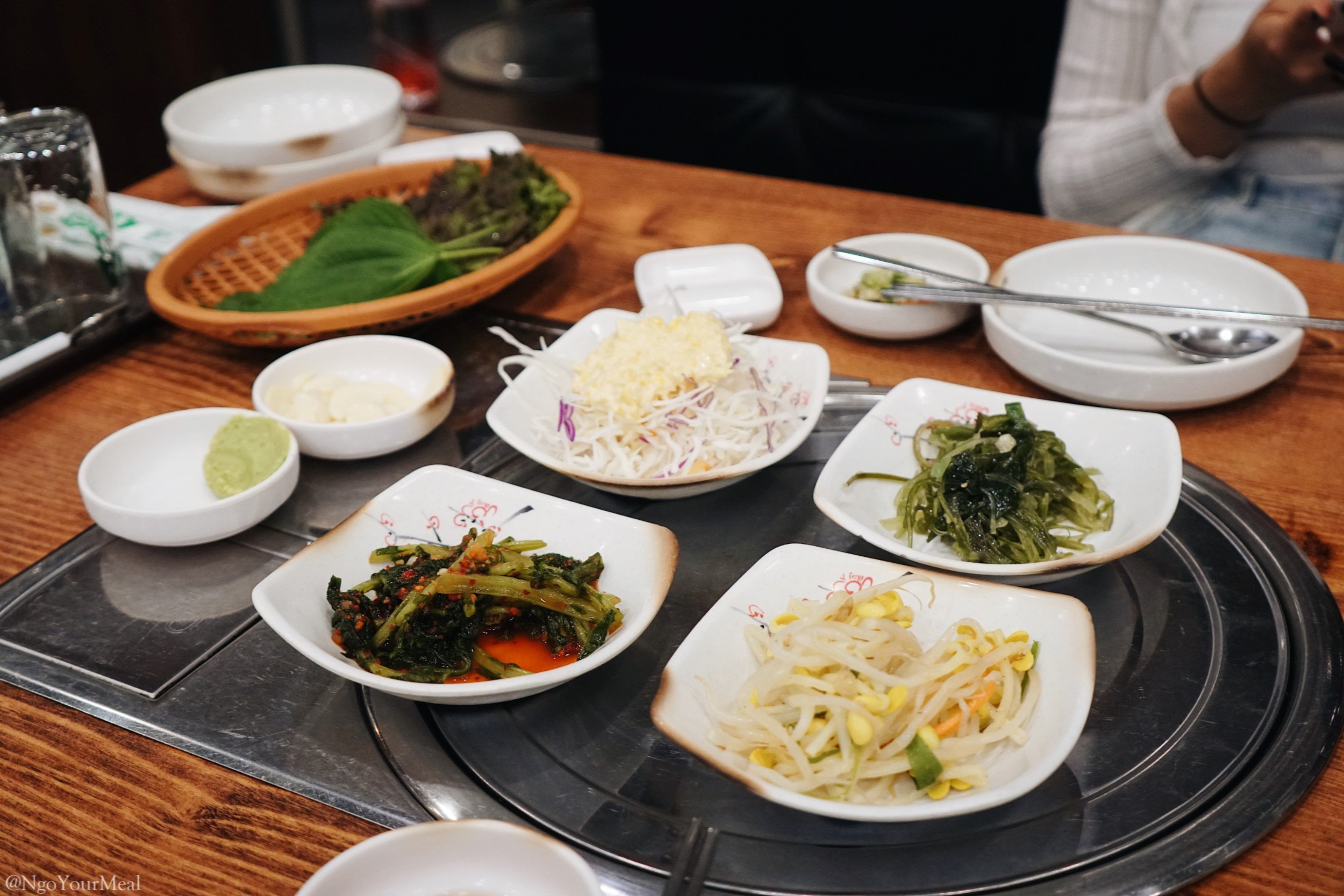
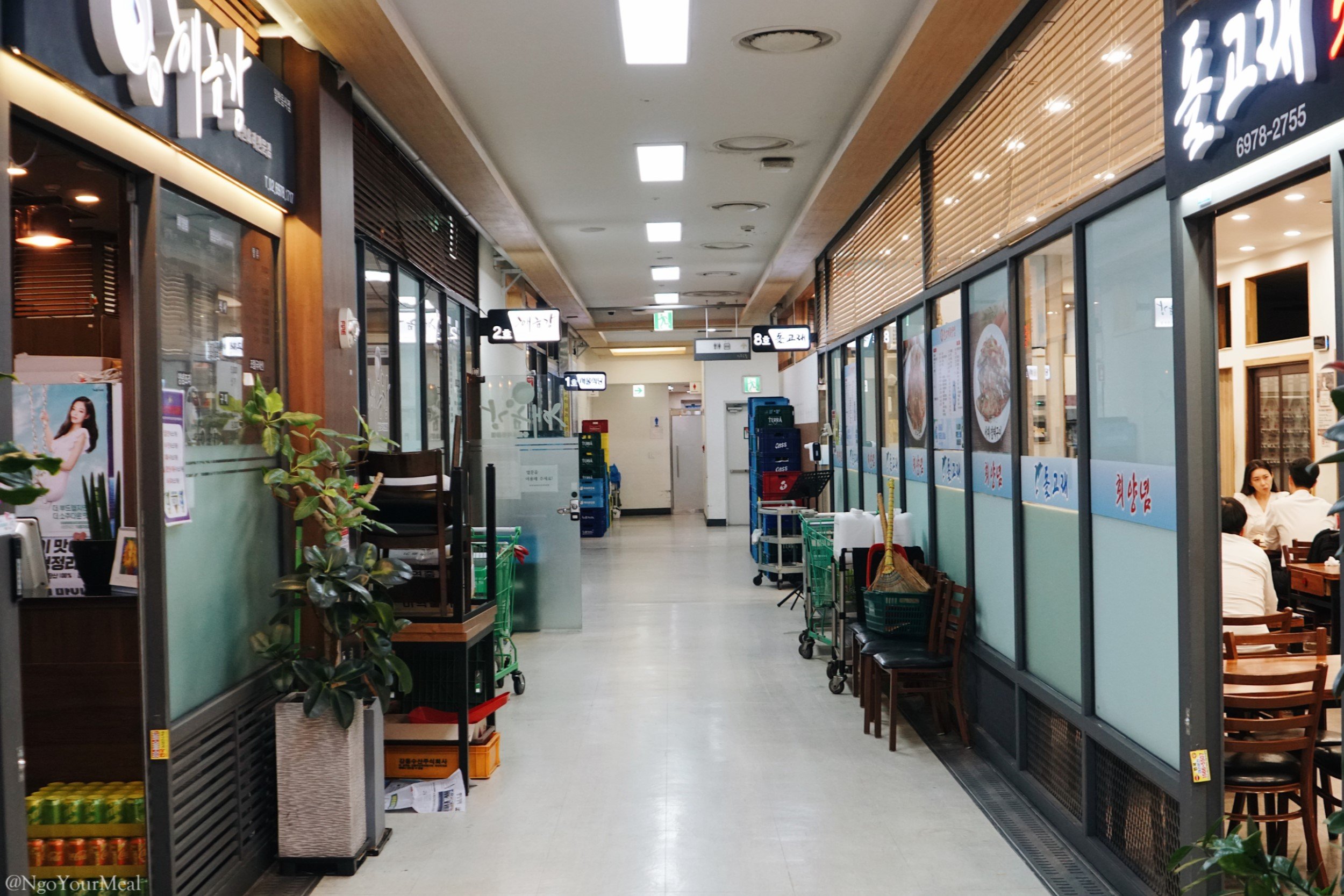
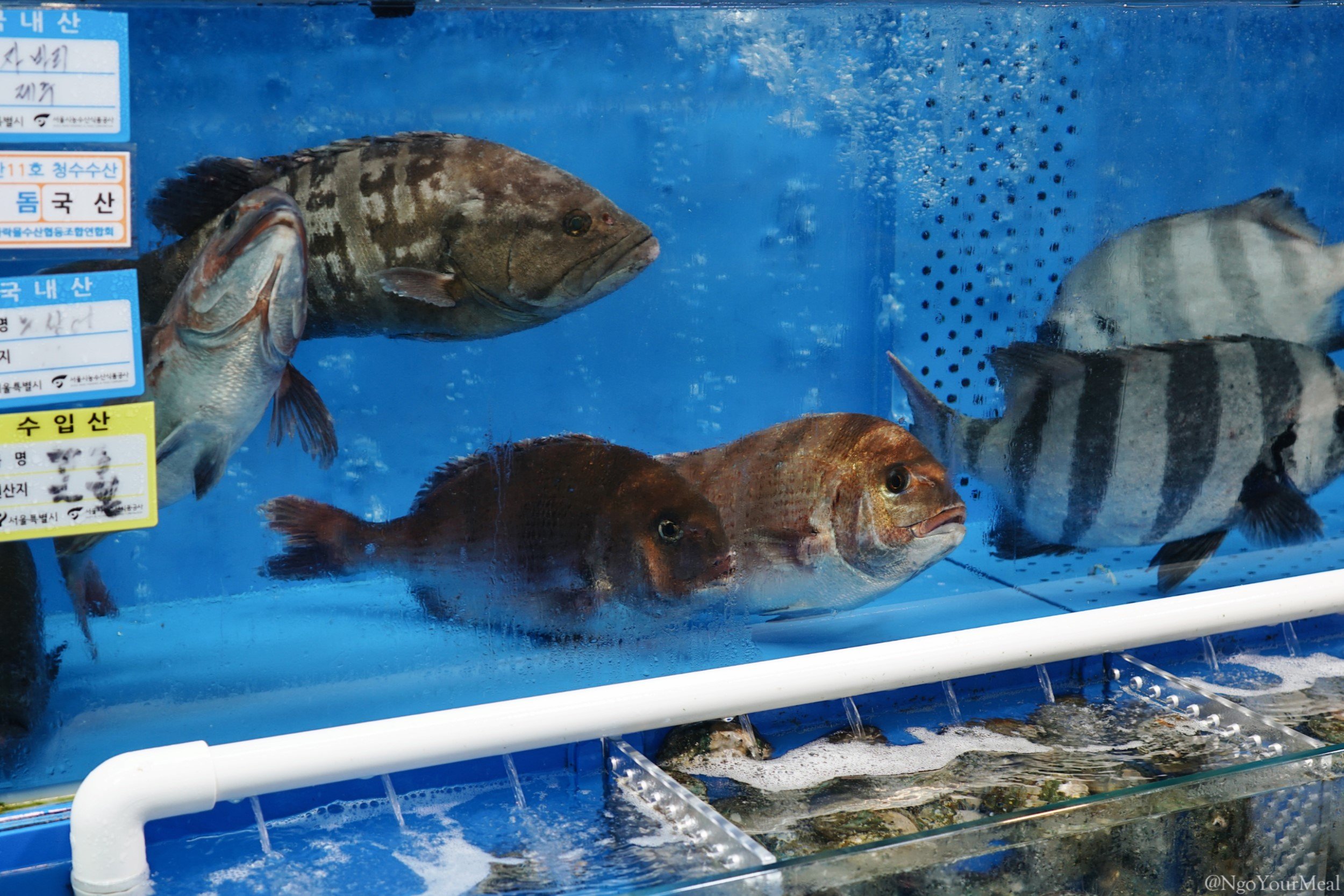

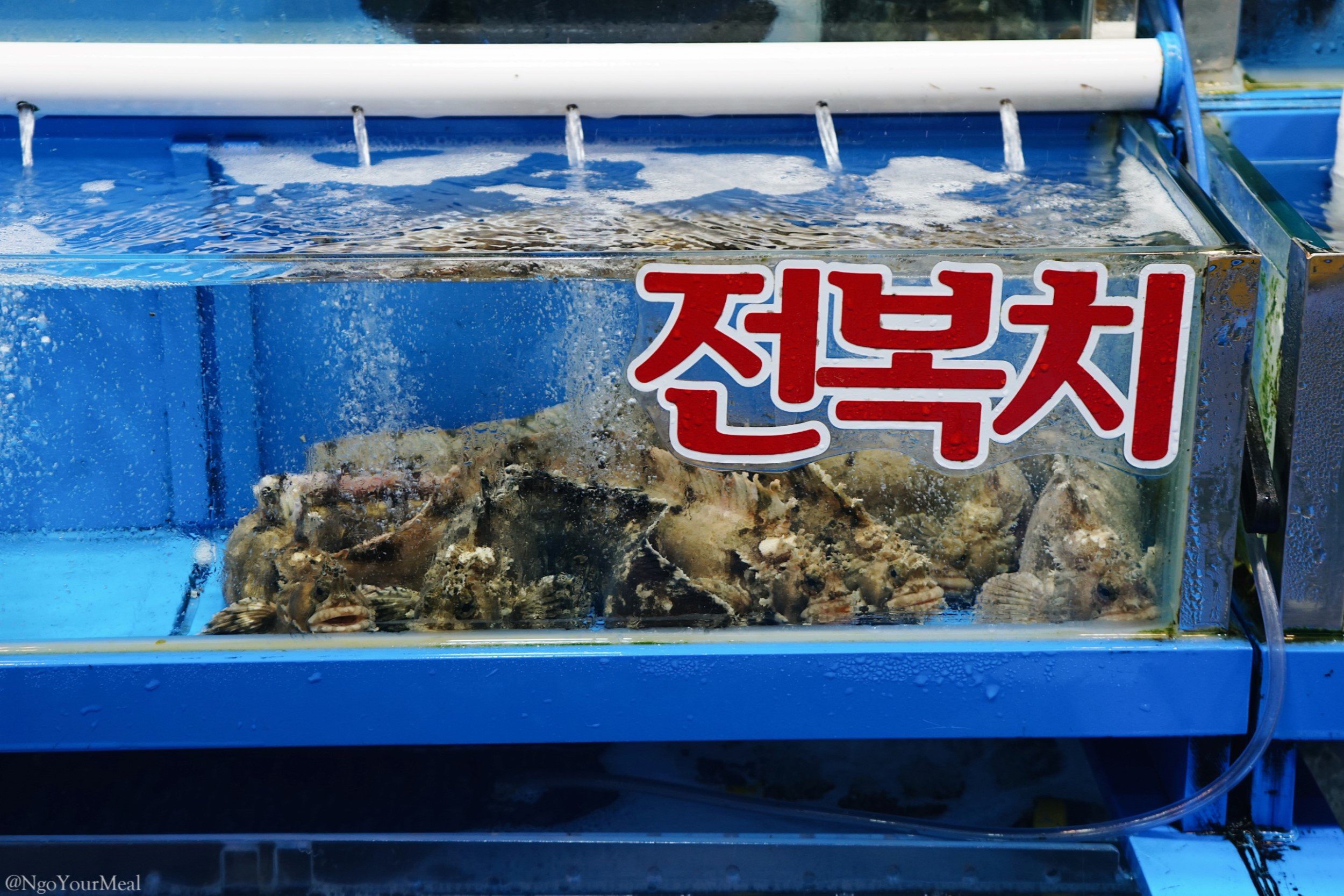

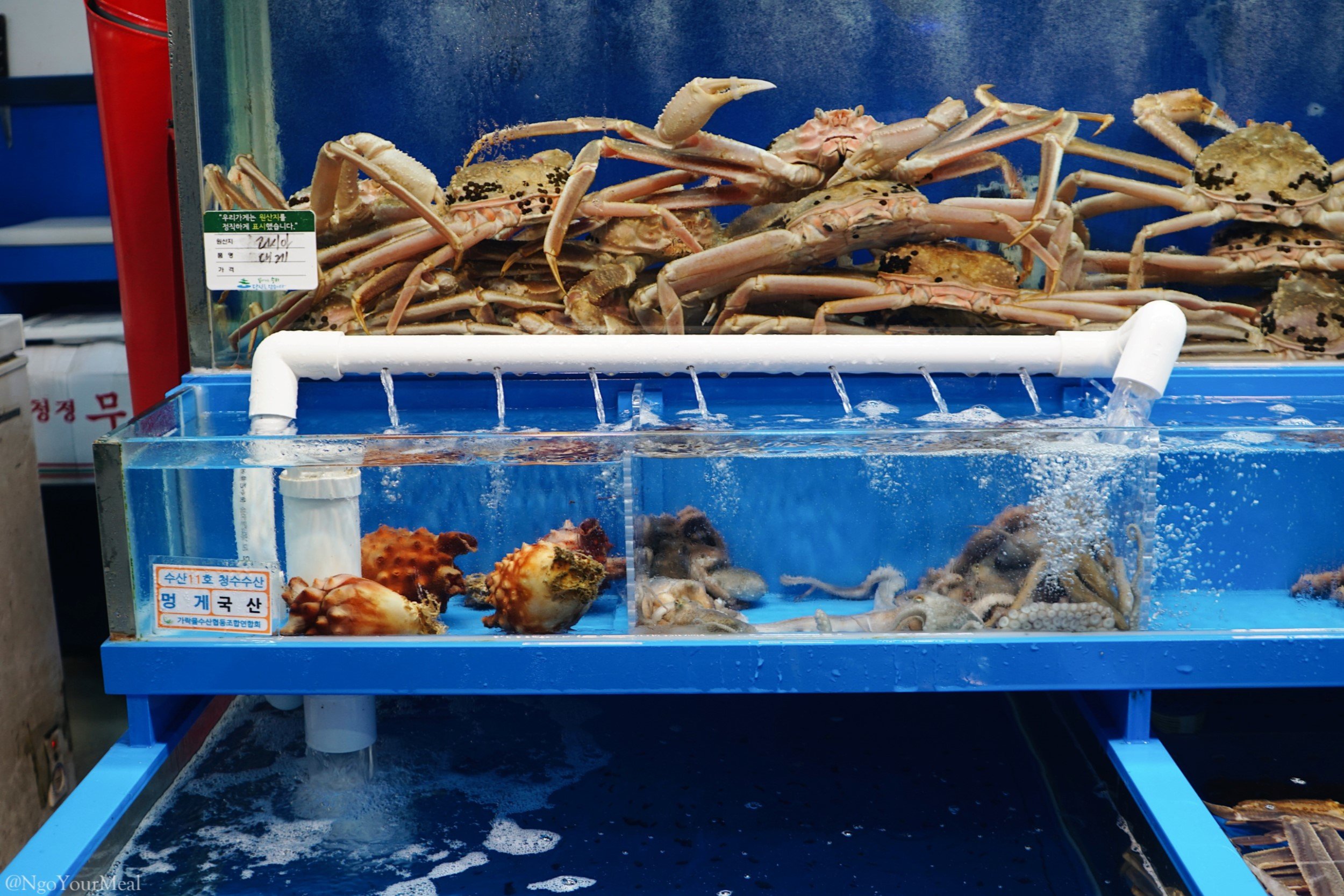
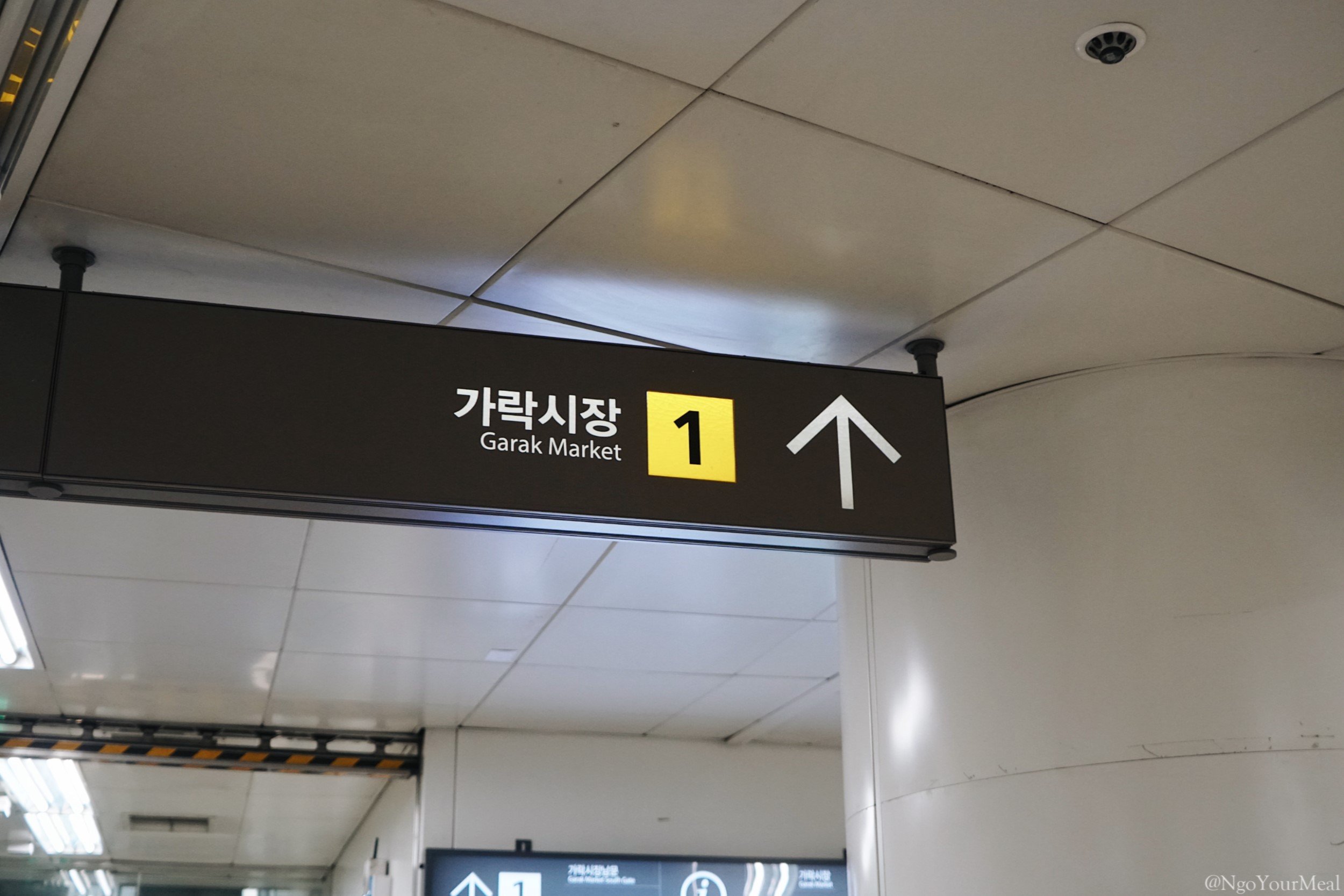
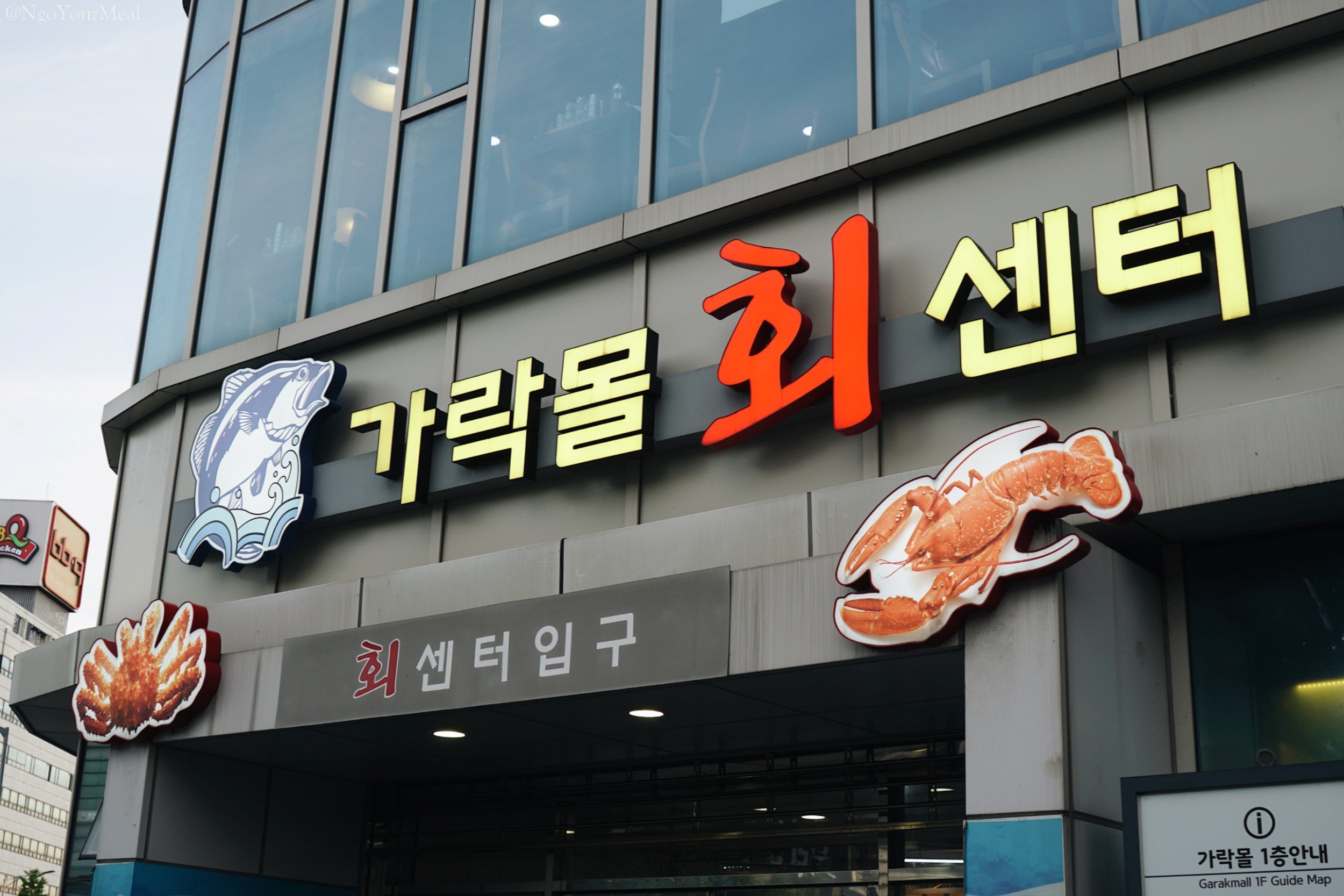

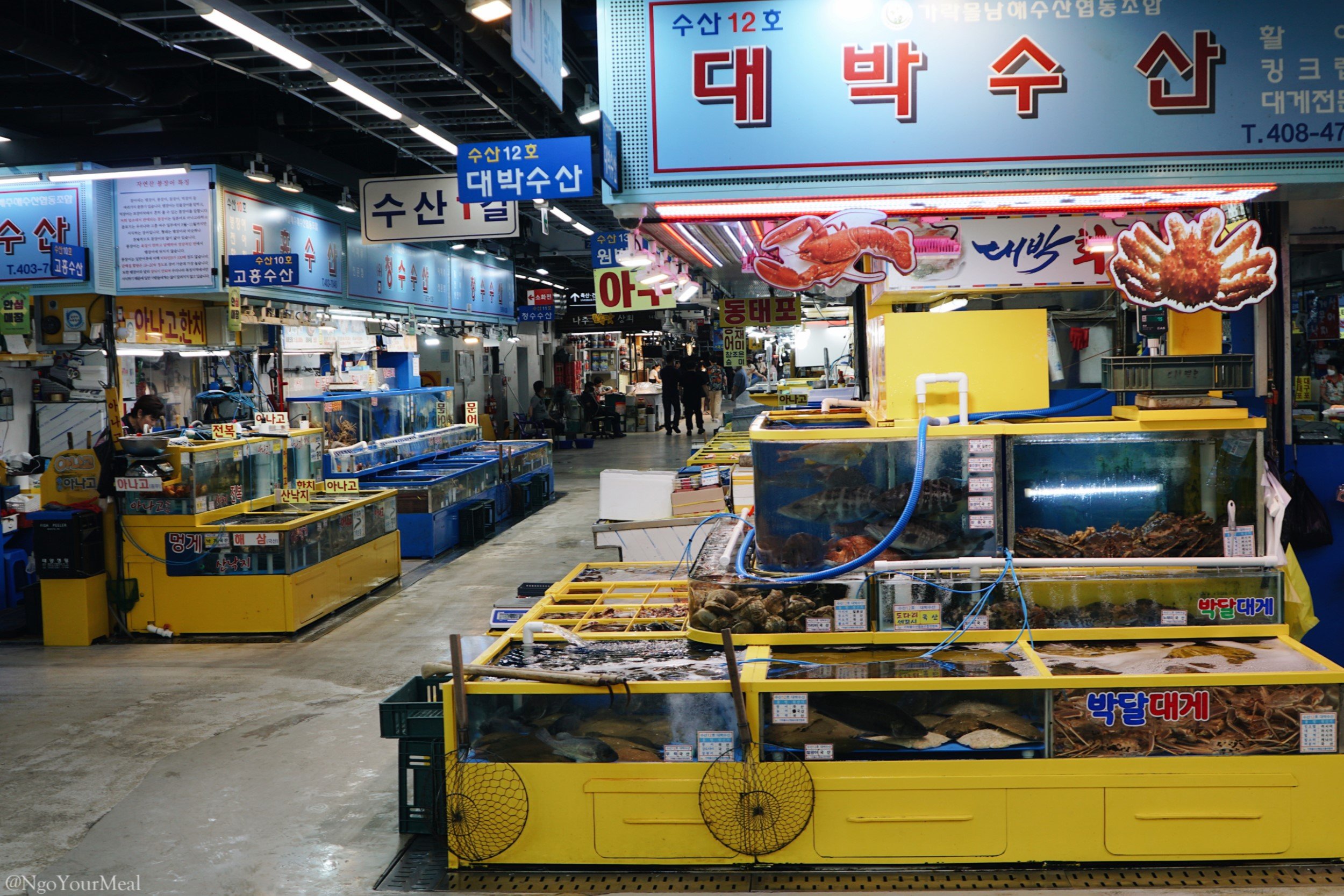
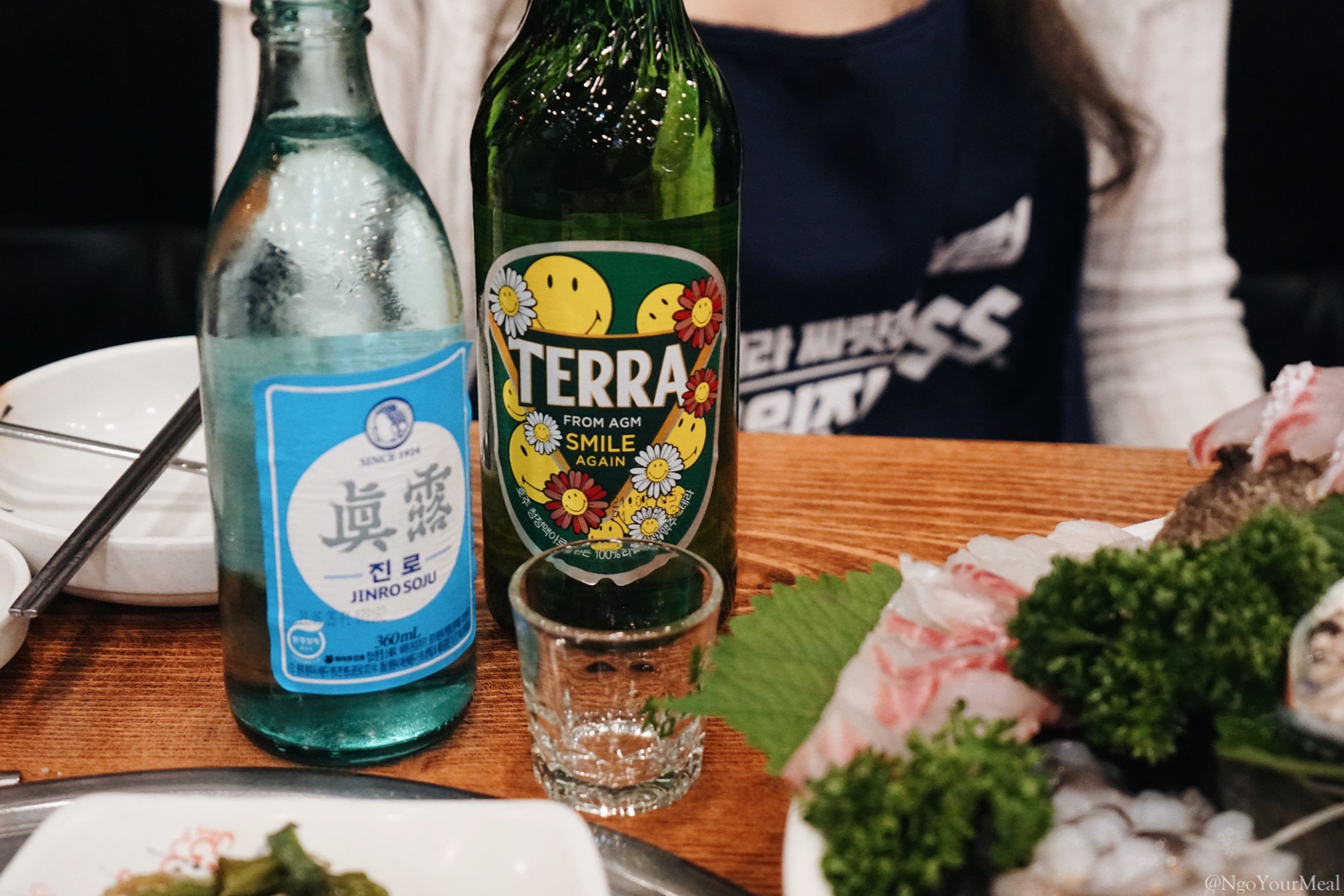
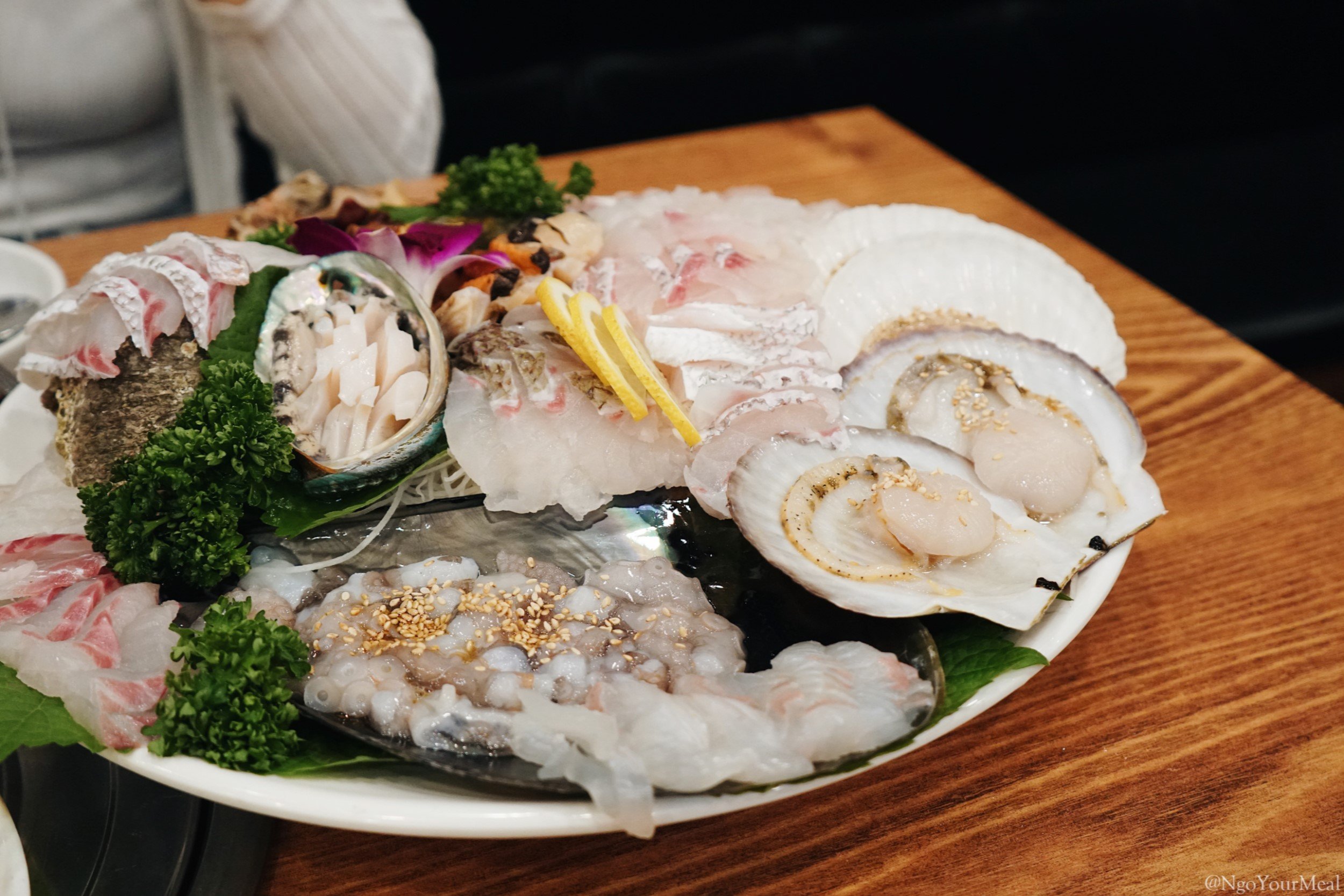
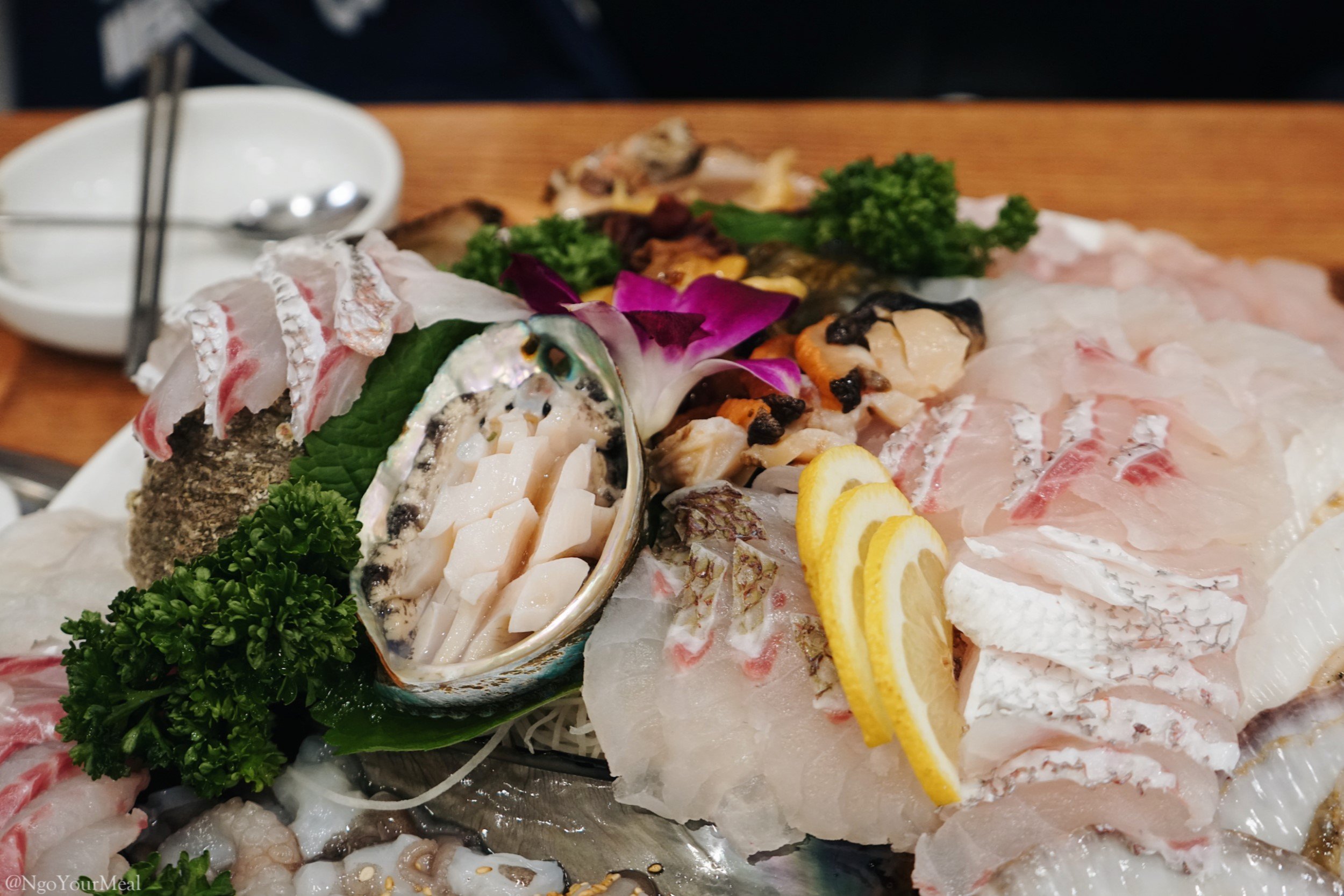
Have you ever heard of Korean hwe (회)? At first glance, it looks similar to Japanese sashimi but it’s completely different. Korean hwe may also be sliced raw fish but it’s largely different in preparation style, condiments, and even the way it is consumed. For my first hwe experience, Annie decided to take me to an authentic Korean fish market in Seoul.
Located near the southeastern part of Seoul, Garak Market is easily accessible by taxi and subway. In fact, there’s even a subway station dedicated to this market!
The selection at Garak Market is so vast that I felt like a kid in an aquarium. It’s also quite clean and organized inside. The fish market is made up of various stalls and each stall has its own selection of seafood. For example, I saw one that was mainly dedicated to snow crab.
After browsing a few stalls, we eventually just followed our hearts and picked a random one that seemed good. The vendor only spoke Korean so Annie did all the talking. He helped explain the selection of seafood and recommended a variety of items to try, including scallops, abalone, sea bass, octopus (san-nakji - 산낙지), stone sea squirt, and two other kinds of fish (probably halibut or red sea bream).
We paid the vendor then we were guided to the second floor for table service. This area was spacious, well-lit, and made up of various restaurants. Annie and I followed blindly as we were directed to our seats at one of the establishments. We ordered some cold soju and beer as soon as the banchan (side dishes) arrived at our table.
After a few moments, our selection of hwe arrived. All seafood was clean and organized carefully on a giant platter. Korean hwe is usually made with white fish where the flavor is more lean and less oily. For that reason, it goes really well with banchan and either rich or mild condiments (e.g., garlic, wasabi, chojang). I also had a lot of fun eating the stone sea squirt (dol meonggae - 돌멍게) and the octopus (san-nakji - 산낙지).
Towards the middle of our meal, Annie asked for Maeun-tang (매운탕), a spicy fish stew made from the leftover parts of our fish. I was told that it was customary to have this after eating hwe. This stew was spicy, reinvigorating, and complemented the raw fish.
For just the fish, we paid about 80,000 WON (about $66 USD) but Annie is convinced we overpaid. I thought the quality and price was good but I suppose it should be cheaper since we were buying fish directly from the market. Overall, it was still a really fun time and we went home full, happy, and just a little bit intoxicated.
Cuisine: Seafood Market
Average Price per Person: $33 USD / 40,000 WON
Address:
932 Yangjae-daero, Songpa-gu, Seoul, South Korea
서울특별시 송파구 양재대로 932
Recommended:
Don’t forget to order Maeun-tang
There’s a subway stop dedicated to the Garak Market. At this station, follow the signs for the most convenient and efficient path to the market.
The market is made up of various shops/stalls. Some sellers might try to bring you to their stalls. It might feel a little forceful but you can just keep walking. They seemed to lose interest once they heard me speak English.
Flounder and Sea Bass.
Snow crab, octopus, and sea pineapple (a type of sea squirt).
This is how they set aside our seafood choices.
After we paid for the fish, we were guided up to the second floor of the market then escorted directly to one of the restaurants. We guessed that it might be because certain stalls have relationships with different restaurants here.
Assorted banchan (side dishes) arrived at the table first.
Annie and I make sure we’re always hydrated with enough soju and beer!
Check out this hwe platter. We got several kinds of raw seafood that included scallops, abalone, sea bass, octopus (san-nakji - 산낙지), stone sea squirt, and two other kinds of fish (probably halibut or red sea bream).
The freshness was unbeatable. As you can see, the platter is quite generous. It’s recommended to eat the banchan and condiments (garlic, wasabi, chojang, etc.) in between each bite of hwe.
I also had a lot of fun with the octopus (san-nakji - 산낙지). The raw octopus was chopped up but the tentacles were still squirming around. Be careful and chew carefully!
Note: Chojang (초장) is a mix of gochujang and vinegar.
Here is a sea squirt, or meonggae (멍게), that has been cracked open. This delicacy is very popular in South Korea. It’s mainly enjoyed raw and eaten with gochujang (고추장). When looking for common meonggae, prime quality sea squirt should be bright red instead of yellow/brown. It should also be plump and not squishy when you grab it.
This particular species of meonggae is called dol meonggae (돌멍게), which means stone sea squirt. The meat inside is orange, firm, and crunchy. In terms of flavor, it’s a little salty and tastes of ammonia. There’s also a slightly bitter aftertaste, which goes well with a shot of soju. This variety is known to be less salty than regular meonggae.
With Annie, we ate the dol meonggae, poured some soju into the casing, and took a shot out of it!
Towards the end of the meal, we got some Maeun-tang (매운탕), which is a spicy fish stew. Typically, when ordered with hwe, the soup is made from the leftover parts of the fish.
This hot, spicy broth was a much-appreciated contrast from the mountain of hwe that we ordered. The leafy greens on top are likely crown daisy, which has a mildly bitter and grassy flavor. Don’t forget to enjoy the stew with rice!










